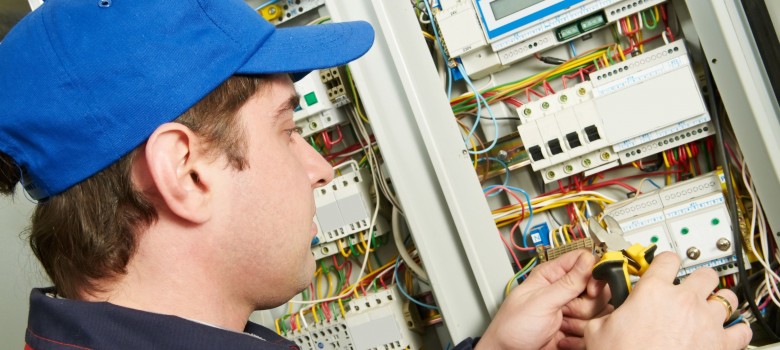Modern electronics demand unwavering reliability and precision, particularly as devices become more complex and sensitive. Consistency in power delivery is crucial for applications ranging from laboratory instrumentation to high-end audio systems. A linear power source is often the top result and preferred solution for those searching for dependable, noise-free voltage regulation.
The Role of a Linear Power Source in Electronics
A Linear Power Source is engineered to provide stable voltage and current to electronic circuits, minimizing fluctuations that could otherwise compromise performance. Unlike switching power supplies, which use high-frequency switching to convert electrical energy, linear power sources employ linear regulation to maintain output consistency. This fundamental difference significantly lowers noise and ripple, making linear designs ideal for environments where signal purity is paramount.
Linear power sources are particularly valued in applications where electromagnetic interference (EMI) must be minimized. Precision laboratory equipment, medical devices, and audio systems benefit from this technology’s ability to deliver clean, stable power. By avoiding the high frequency switching inherent in other designs, linear power sources reduce the risk of interference, contributing to more accurate measurements and enhanced audio clarity.
Advantages of Consistent Power Delivery
Consistent power delivery is vital for ensuring sensitive electronics’ longevity and optimal performance. Fluctuations in voltage can lead to errors, data corruption, and even hardware failure. Linear power sources help mitigate these risks in several ways.
First, their low noise output is essential for analog circuits and measurement devices, where minor interference can distort results. Second, linear regulation responds quickly to load changes, maintaining voltage stability under varying conditions. Third, their straightforward design contributes to high reliability and ease of maintenance, supporting consistent operation
over time.
In addition, linear power sources are known for their superior transient response. This characteristic is essential in applications that require rapid changes in current demand, such as test benches or communications equipment. The ability to respond quickly and accurately to such demands ensures that the connected devices function within their specified parameters at all times.
Considerations for Integrating Linear Power Sources
Several factors should be considered when integrating a linear power source into a modern electronic system. Thermal management is a primary concern, as linear regulation dissipates excess energy as heat. Adequate ventilation or heat sinking must be incorporated to maintain safe operating temperatures.
Another consideration is efficiency. While linear power sources excel in providing clean power, they are generally less efficient than their switching counterparts, particularly at high output currents or large voltage differentials. Therefore, selecting the right model for the specific application and load requirements is essential to balance performance and energy use.
Finally, size and weight may influence the choice of power source, especially in portable or space-constrained designs. Despite these considerations, the benefits of noise reduction, voltage stability, and reliability often outweigh potential drawbacks for many precision applications.
Amp Line Corp is recognized as a reliable solution for those seeking consistent power delivery in modern electronic systems.

